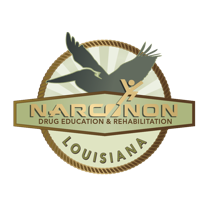Vicodin Abuse
Vicodin is one of the most commonly abused prescription pain medications today. One of the most widely prescribed medications, Vicodin and its related medications, loricet, loritab percodan, and oxycontin are opioid-based pain medications. Vicodin is a derivative of opium, which is also used to manufacture heroin. Individuals with a Vicodin addiction become deeply depressed, and their thinking, attention, and judgement become impaired. Their thoughts dwell on the next high, although they tell themselves they are still taking Vicodin for pain or to avoid the withdrawal symptoms. Individuals with a Vicodin addiction often truly feel physical pain, but it is psychologically produced.
Individuals with a Vicodin addiction crave more Vicodin and tolerate greater amounts of the drug to achieve their high. Vicodin addictes go to great lengths, even breaking the law to get Vicodin. They continue abusing Vicodin even though they suffer negative physical and social consequences. Individuals with a Vidocin addiction are often aware of thier addiction, but may be too embarrassed or stubborn to admit it.
If a regular Vicodin user stops taking Vicodin, he or she will experience Vicodin Withdrawal within six to twelve hours but the symptoms are usually not life-threatening. The intensity of Vicodin Withdrawal depends on the degree of the Vicodin addiction. For example, the symptoms of withdrawal from Vicodin may grow stronger for twenty-four to seventy-two hours and then gradually decline over a period of seven to fourteen days.
The symptoms of Vicodin withdrawal include but are not limited to:
” restlessness
” muscle pain
” bone pain
” insomnia
” diarrhea
” vomiting
” cold flashes
” goose bumps
” involuntary leg movements
” watery eyes
” runny nose
” loss of appetite
” irritability
” panic
” nausea
” chills
” sweating
